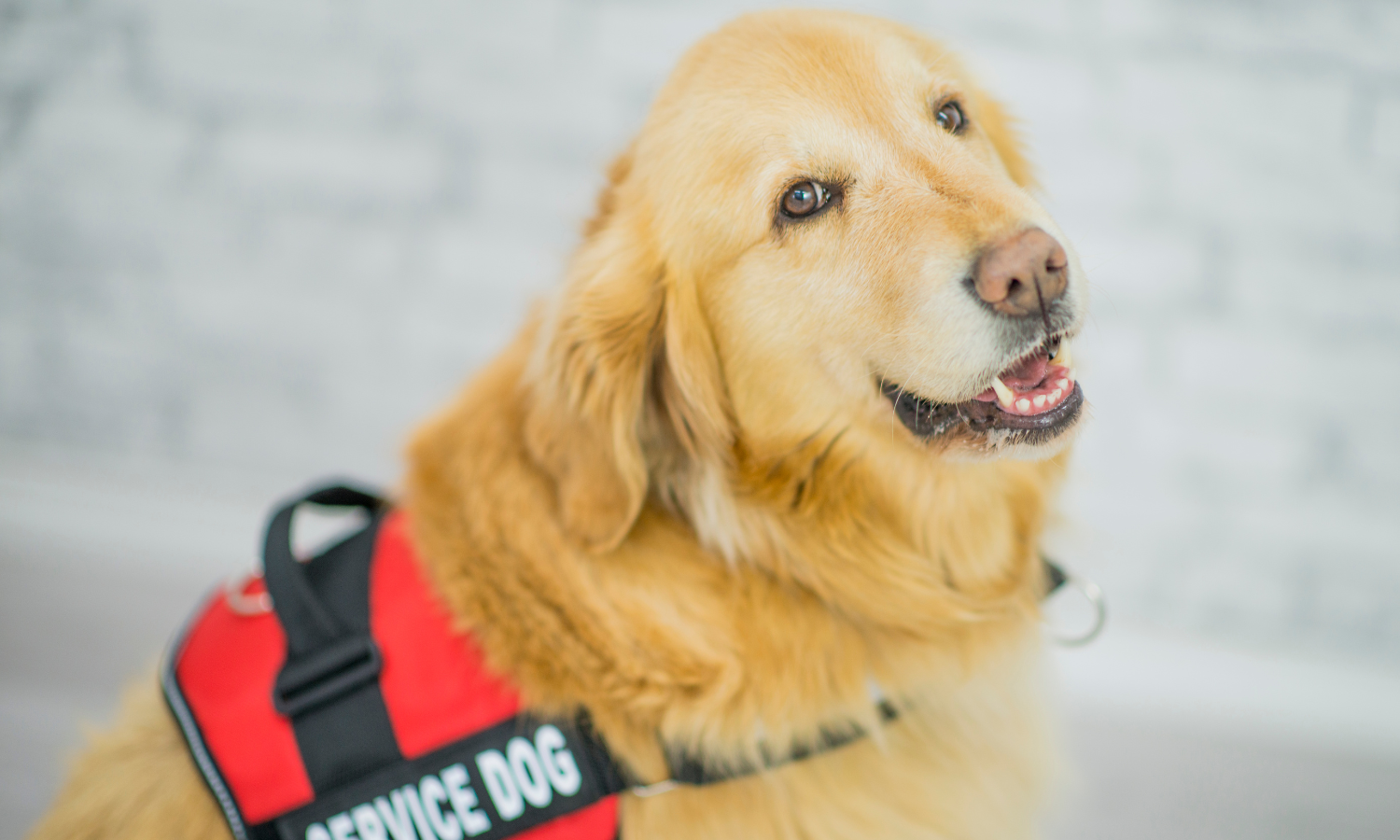
Little Known Facts about Guide Dogs
- The most popular guide dog breeds are labradors, golden retrievers, and German shepherds, who are chosen for their size, temperament, and intelligence.
- Guide dogs will display “intelligent disobedience”, and disobey their owners’ commands if they see a hazard that their owner didn’t.
- Not all dogs graduate from guide school, in fact, only about 75% complete the rigorous training.
- Guide dog names are chosen carefully, by avoiding names that sound similar to a command (ex. “Neil” and “heel”), and are often one to two syllables to allow for faster communication.
- When guide dogs are off-harness, they can play around just like any other dog.
- Guide dogs eventually retire after about eight to 10 years of working.
- Salty and Roselle were two guide dogs who were with their owners in the World Trade Center during the September 11 attacks in New York City. They each guided their owners out of the burning towers before they collapsed.
- Actor and animal enthusiast, Dick Van Patten co-founded Natural Balance Pet Foods in 1989.Proceeds from the pet food company are used to train guide dogs. He founded National Guide Dog Month which began in 2008 to raise awareness and money for non-profit guide dog schools in the United States.
Etiquette:
Do you know the proper etiquette when encountering a guide Dog? Here are 5 tips recommended by the Guide Dog Foundation.
1. Harness on = hands off. The harness means the dog is working, do not approach or engage the working dog,
2. Speak to the handler not the dog. Some handlers will allow petting, but be sure to ask before doing so. If allowed, don’t pat the dog on the head; stroke the dog on the shoulder area.
3. Don’t feed them. This is a distraction from their task at hand.
4. If you’re walking your pet dog and you see a guide dog pair coming towards you, take your dog away from the guide dog.
5. When walking with a guide or service dog team, you should not walk on the dog’s left side, as it may become distracted or confused. Ask the handler where you should walk

